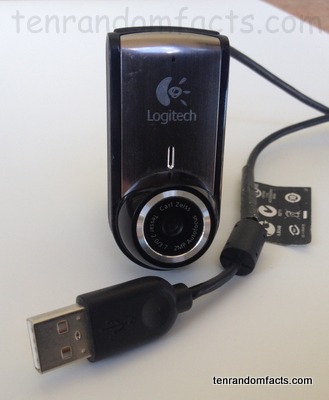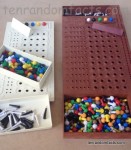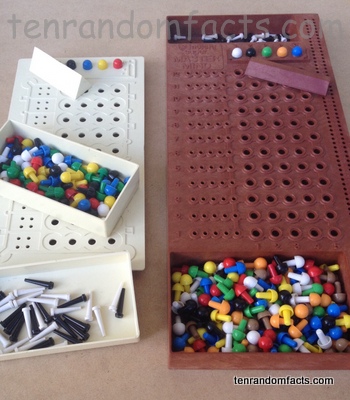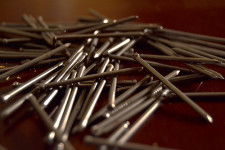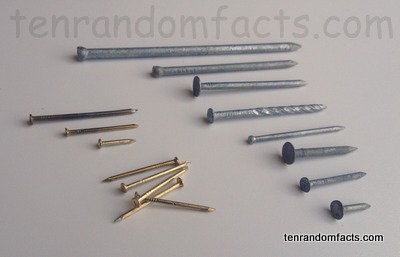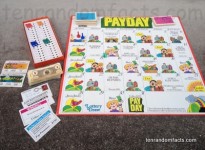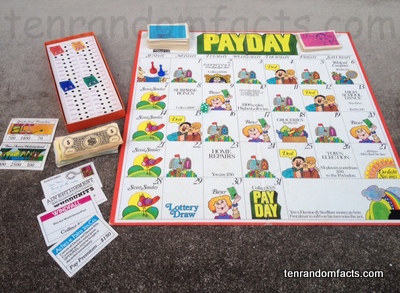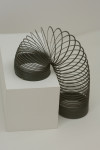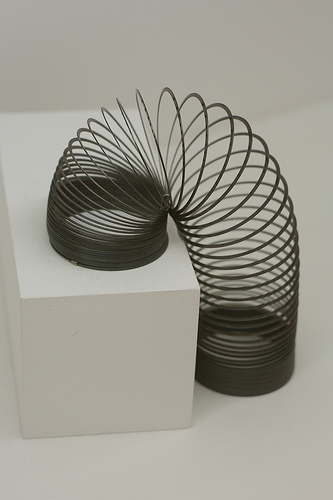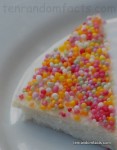
Webcams are a marvel of the technological world.
- Webcams are inventions that capture video or still images, that can then be stored or delivered through computer systems.
- Images and videos captured by webcams can typically be saved onto a computer hard drive or streamed live, generally over networks such as the internet.
- Common uses for the typical webcam include monitoring for security, traffic and other purposes; communication with the aim of socialising, having meetings, and so on; and they are also used to capture photographs, as well as being used in the health care industry among others.
- Webcams are popular as they are easily transportable, practical, and can be of an inexpensive, affordable nature, and people like to use them to make video calls to friends, families and colleagues.
- The quality of webcams has a broad range despite its relatively low cost, from around 320 x 240 pixels to a high definition resolution of 1080 p (progressive scanning), although costs are usually relative to quality.
- The webcam was invented in 1993, although it was being used at a basic stage from 1991, and it was created by researchers in the Cambridge University for the purpose of monitoring levels in a coffee pot from a remote distance.
- Webcams are now generally integrated into computer hardware systems and are typically located at the top of the screen, however, when they first entered the market they were connected to a computer externally via a cable.
- Webcams feature a sensor that detects images, a lens, and a way of transmitting the information, and they may also a feature an in-built microphone.
- Webcams can be hacked through accidentally installed malware, which allows the hacker to watch the video feed and infiltrate privacy.
- Commercialisation of webcams only began in 1994, and they were originally produced by the Connectix Corporation in the United States, although the invention lacked popularity until the beginning of the 21st century when sales escalated as a result of people wanting to make video calls.
Bibliography:
Devaney E, The History of the Webcam, 2015, http://www.ehow.com/info_8626014_history-webcam.html
Knoder J, 1080p, 2.0 Mega Pixels? Understanding Webcam Technical Terms, 2013, Top 10 Reviews, http://webcam-review.toptenreviews.com/1080p-2.0-mega-pixels-understanding-webcam-technical-terms.html
Webcam, 2015, Wikipedia, https://en.wikipedia.org/wiki/Webcam
http://webcam-review.toptenreviews.com/1080p-2.0-mega-pixels-understanding-webcam-technical-terms.html





